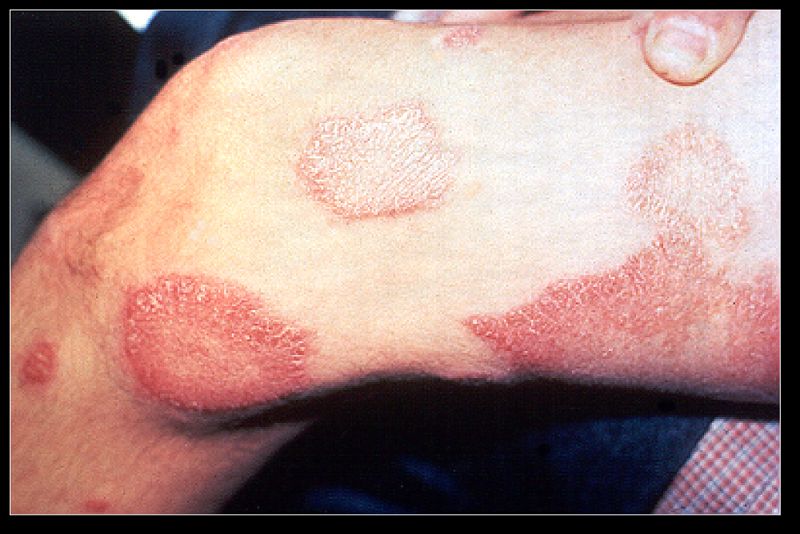
Carbon monoxide is produced when fuel-burning appliances are incorrectly fitted, badly repaired, poorly maintained or if flues, chimneys or vents are blocked. It is odourless, tasteless and colourless, which makes it difficult to detect.
Symptoms include vomiting, headaches, nausea, muscle aches and exhaustion, while high levels of carbon monoxide can cause suffocation within hours.
People are most at risk during the winter months due to the increased use of boilers and central heating.
In fact 84 per cent of all carbon monoxide deaths in the UK occur during the period from November to March. However, because the symptoms are unspecific, it is often confused with common winter bugs and infections such as the norovirus.
?Unfortunately, the symptoms can be very vague and easily mistaken for flu,? explains Daily Express GP Rosemary Leonard. ?They can also include sore throats and dizziness but people don?t tend to get the high temperature associated with common bugs or infections so that is a sign to look out for.
?When doctors suspect patients may have been exposed to carbon monoxide a quick blood test will rule it out. if there are high levels of carbon monoxide present then the patient needs to be given oxygen to re-oxygenate the blood.
?In some cases this can mean a hospital stay. Long-term exposure to low amounts can have lasting effects such as heart damage.
?Other patients may suffer confusion and memory loss which will in most cases come back in time.?
Making sure your home is well ventilated is vital and experts recommend homeowners regularly check their flue is not blocked and check the colour of flames in gas appliances. A bright orange flame should be checked immediately.
?Appliances should be serviced regularly to ensure they are working properly,? says Tim Jack. ?Everyone should check their flue is clear of debris and blockages and if you are feeling ill in any way ask your doctor for a COHb (carboxy-haemoglobin) test.
?Purchase a certified audible carbon monoxide detector. there are some very cheap ones on the market but many don?t have a loud alarm and don?t alert to the dangers in time.
?When buying an alarm look for the certified number EN 50291 on the front of the unit, usually in ink or printed on a sticker.?
For further advice visit becarbonmonoxideaware.com or cogdem.org.uk